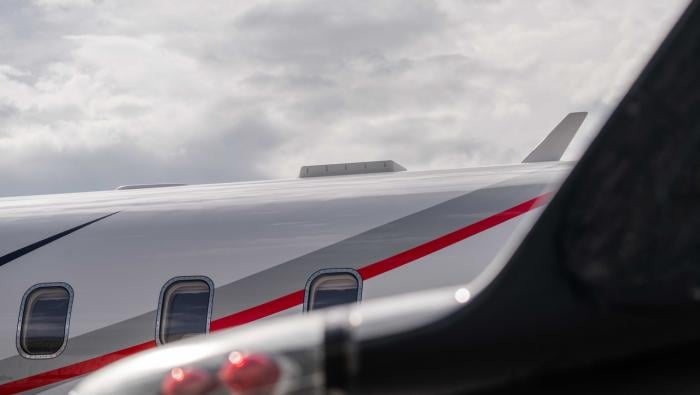Sudden sandstorms in the Middle East’s deserts are just one of the problems complicating the task of the region’s maintenance providers. At the recent MRO Middle East conference in Dubai, delegates heard that airlines often need to delay or even cancel departures on short notice due to unforeseen maintenance needs caused by sand and dust. Engines, bleed-air systems and air-conditioning packs are especially vulnerable to the region’s hot and unpredictable conditions.
“An aircraft is considered subjected to a hot-and-harsh environment if operated for more than 50 percent of its departures in the Middle East,” said Rainer Conrads, CEO of Nas Tech, the MRO arm of Saudi Arabia’s NAS Holding. “Engines affected typically experience removal times considerably lower than the worldwide industry average.”
With unscheduled engine removals almost 14 times more likely in Saudi Arabian Airlines’ Boeing 747 fleet than in fleets operating in conventional climates, for example, the costs of preventive as well as reactive measures run high.
Now in the process of building a massive facility at Jeddah International Airport, Saudi Aerospace Engineering Industries (SAEI) knows the situation well. Its engineers say 58 percent of the standard A-check package involves tasks additional to those prescribed in the standard maintenance planning document (MPD). That translates to $90 million above regular MPD manpower costs, and $240 million over MPD for components and consumables. “We amend our MPDs by introducing new tasks,” said Fraas Abduljawad, senior specialist aircraft engineer at SAEI. “[Aircraft] age does not affect how severe environmental effects will be.”
One airframe OEM drew criticism at MRO Middle East 2013 for failing to communicate to new customers lessons learned with existing customers in the region when such foresight would have saved much duplicated effort. “We are all guilty of not giving as much importance to the region as we should,” said Omar Abou-Alam, regional marketing manager, GE Aviation.
“Please be close to your customers. Listen to them,” added Adil Al Sheibani, Oman Air senior manager, development engineering.
“If this problem existed in Europe or the U.S., it would already have been solved,” said Nader Khalawi, CEO of SAEI, which expects third-party maintenance to account for 20 percent of its business at the new facility in Jeddah.







